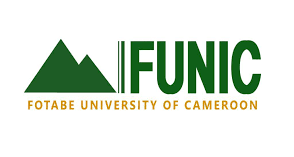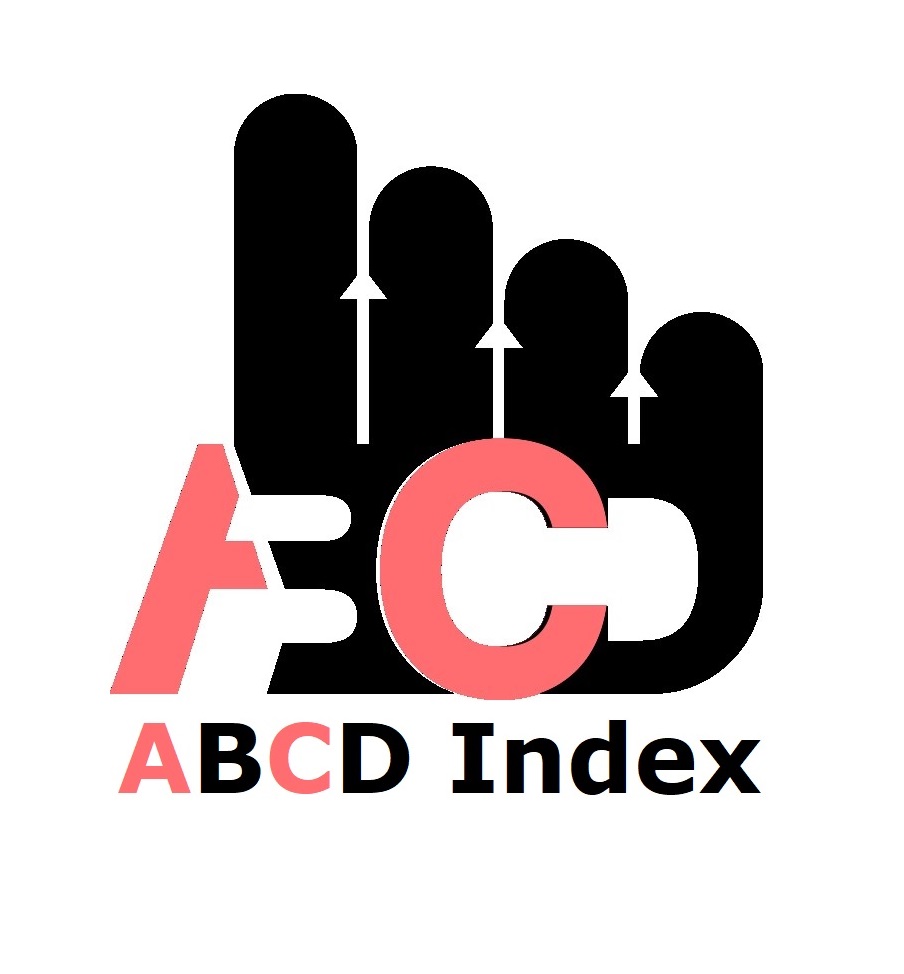Moderating Effect of Entrepreneurship Determinants on the Relationship between Economic Diversification and Sustainable Livelihoods among Fish Farmers in Kakamega County
Keywords:
Fish Farming, Sustainable Livelihoods, Economic Diversification, Value Chain, Entrepreneurship DeterminantsAbstract
This study investigates the effect of entrepreneurship determinants on economic diversification and sustainable livelihoods among fish farmers in Kakamega County, Kenya. Entrepreneurship determinants encompass a range of factors including access to finance, training, market information, infrastructure, and supportive institutional frameworks. Economic diversification is vital for reducing reliance on traditional income sources and enhancing resilience to economic shocks, while sustainable livelihoods ensure long-term prosperity while preserving natural resources. The specific objective was to examine the moderating effect of entrepreneurship determinants on the relationship between economic diversification and sustainable livelihoods among fish farmers in Kakamega County. The study was guided by Sustainable Livelihoods Theory. The target population was 4500 fish farmers in Kakamega County from which a sample of 354 fish farmers was selected for the study using the Krejcie and Morgan Table 1970. Data was collected using closed-ended questionnaires. Data collected was analyzed using SPSS version 26. Using descriptive and survey research designs, data was collected from a sample of fish farmers in Kakamega County. The findings reveal significant correlations between entrepreneurship determinants, economic diversification, and sustainable livelihoods. Economic Activity Diversification explained 50.8% changes on sustainable livelihoods. However, when moderated with entrepreneurial determinants, the influence of economic diversification explained 66.3% of the changes in sustainable livelihoods among the fish farmers in Kakamega County. The analysis utilized unstandardized coefficients to elucidate the relationships between variables. In Model 1, Vertical Diversification (B = 0.271, p = 0.000) and Portfolio Diversification (B = 0.488, p = 0.000) significantly influenced Sustainable Livelihoods, while Structural Diversification (B = -0.044, p = 0.493) did not. Model 2 introduced Entrepreneurial Determinant, which exhibited a significant positive effect (B = 0.356, p = 0.000), alongside Vertical (B = 0.111, p = 0.041) and Portfolio (B = 0.329, p = 0.000) Diversifications. In Model 3, while all diversification variables remained significant, the interaction terms showed significant impact, emphasizing the moderating role of entrepreneurial determinants in influencing sustainable livelihoods among fish farmers in Kakamega County. Access to finance and market information emerged as key determinants influencing the ability of fish farmers to diversify their economic activities and achieve sustainable livelihoods. Additionally, supportive institutional frameworks, infrastructure development and access to training were identified as critical enablers of entrepreneurial success among fish farmers. The study concludes by highlighting policy implications and recommendations aimed at enhancing entrepreneurship development, promoting economic diversification, and fostering sustainable livelihoods among fish farmers in Kakamega County and similar contexts.
Published
How to Cite
Issue
Section
Copyright (c) 2024 Daisy Mukoya, Consolata Ngala, Jairus Simiyu

This work is licensed under a Creative Commons Attribution-NonCommercial 4.0 International License.
Most read articles by the same author(s)
- Jamgun Jensen Iravonga, Consolata Ngala, Benedict Ondiek Alala, Muli Maingi, Effect of Integrated Financial Management Information Revenue Systems on Financial Management in County Governments, Kenya , African Journal of Empirical Research: Vol. 4 No. 2 (2023): Jul-Dec 2023
- Jamgun Jensen Iravonga, Prof. Benedict Ondiek Alala, Muli Maingi, Consolata Ngala, Effect of Integrated Financial Management Information Reporting System on Financial Management in County Governments, Kenya , African Journal of Empirical Research: Vol. 4 No. 2 (2023): Jul-Dec 2023
- Makatiani Terence, Dr. Consolata Ngala, Dr. Angela Mungai, Impact of Tax Incentives on Foreign Direct Investment Inflow in Kenya , African Journal of Empirical Research: Vol. 5 No. 4 (2024): Oct-Dec 2024
- Collins Wekesa Wanjala, Consolata Ngala, Muli Maingi, Effect of Government Capital Expenditure on Tourism Sector Growth in Kenya , African Journal of Empirical Research: Vol. 4 No. 2 (2023): Jul-Dec 2023
- Aberton Okoth Mukhwaya, Consolata Ngala, Angela Mungai, Effect of Cashless Reform on Revenue Collection Performance in Kakamega County , African Journal of Empirical Research: Vol. 4 No. 2 (2023): Jul-Dec 2023
- David Lumbasi, Consolata Ngala, Edwin Simiyu, Impact of Tax Revenue on Public Healthcare Financing in Kenya , African Journal of Empirical Research: Vol. 6 No. 2 (2025): Apr-Jun 2025
- Collins Muhando, Consolata Ngala, Peter Machuki, The Effect of Supply Chain Integration on the Performance of Procurement in the County Governments of Western Region, Kenya , African Journal of Empirical Research: Vol. 6 No. 1 (2025): Jan-Mar 2025
- Ombese S. Nyangeri, Charles T. Yugi, Ngala Consolata, The moderating effect of firm size on the relationship between current assets management and financial performance of licensed microfinance institutions in Kenya , African Journal of Empirical Research: Vol. 6 No. 2 (2025): Apr-Jun 2025























